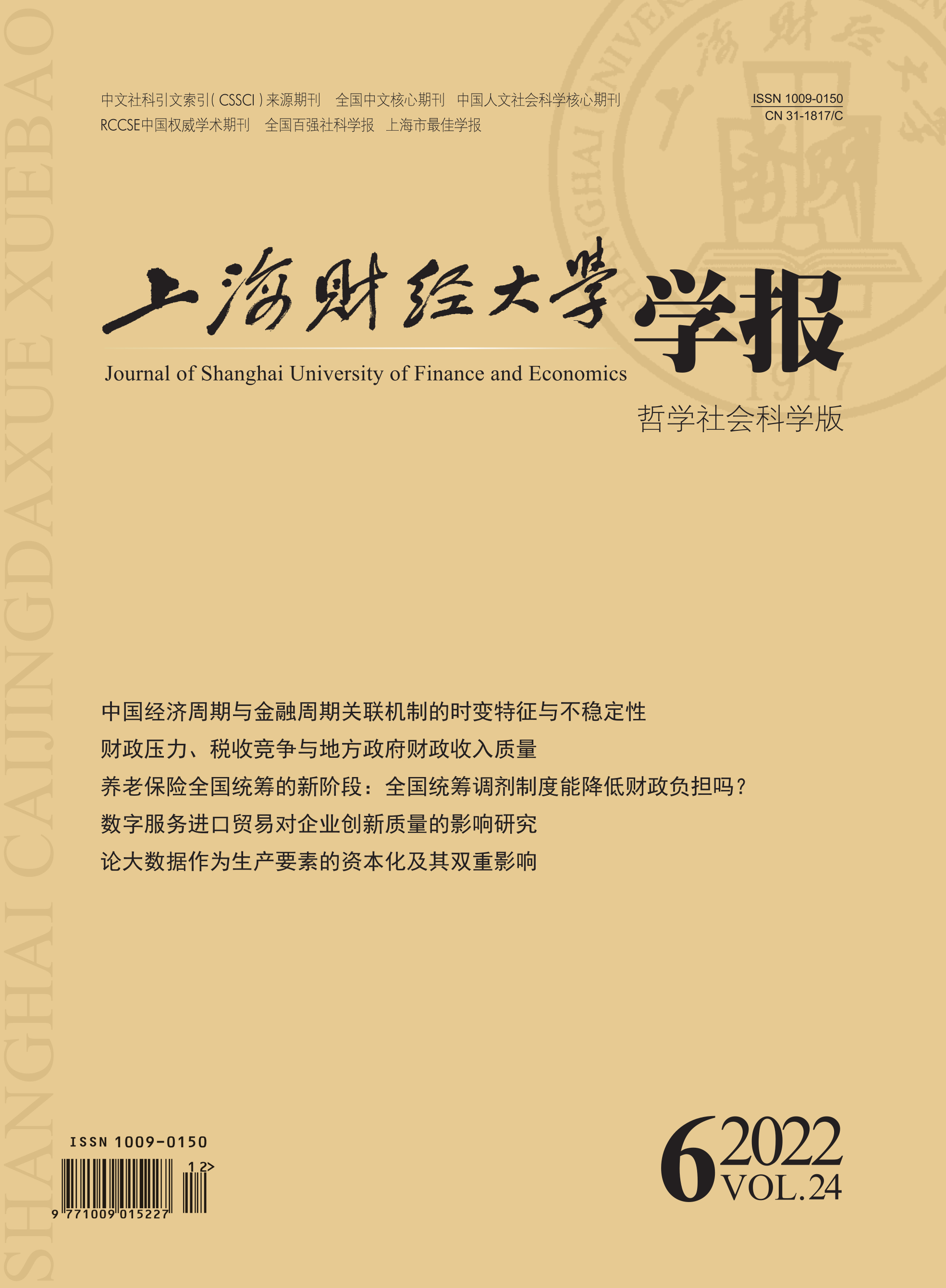In order to realize the effective connection between consolidating and expanding the achievements of poverty alleviation and rural revitalization, it is necessary to take advantage of the development of county industrial economy to prevent large-scale poverty return and drive the employment and income increase of the poverty-stricken population. For this reason, since 2016, China has started to promote the pilot integration of agriculture-related funds in poverty-stricken counties, encouraging poverty-stricken counties to promote the substantial integration of agriculture-related funds. That is, according to the actual needs of poverty alleviation, all kinds of funds included in the scope of integration will be connected among “major categories” and “used across categories” as far as possible, and efforts will be made to create a new pattern of financial investment of “water diversion through multiple channels and water release through one tap”, so as to avoid the distribution and use pattern of agriculture-related funds that were seriously solidified in the past.
Using the quasi-natural experiment of policy implementation and employing the 2016-2018 county-level financial data in the financial budget and final accounts database of local governments in China, this paper investigates the links between the integration of agriculture-related funds in poverty-stricken counties and industrial economic growth, and explores the use efficiency of agriculture-related funds. The results show that: The integration of agriculture-related funds has significantly improved the economic growth rate of poverty-stricken counties, and mainly encouraged the growth of primary and secondary industries. What is more important, this policy has improved the use efficiency of agriculture-related funds in poverty-stricken counties. Mechanism analysis shows that, this policy not only encourages the development of agricultural cooperatives, agricultural product processing enterprises and large industrial enterprises, but also increases the expenditure scale of rural infrastructure construction and production development and improves the supervision of agriculture-related funds.
The policy enlightenment of this paper is that: The next step should be to strengthen the production development and infrastructure investment in poverty-stricken areas, accelerate the development of social and economic organizations, and strengthen the supervision of the use of agriculture-related funds, so as to steadily and orderly promote the integration policy of agriculture-related funds, and help the rural revitalization by improving the quality and efficiency of industries in poverty-stricken areas. Meanwhile, attention should also be paid to the suitability of policy promotion from poverty-stricken counties to other areas.





 3293
3293  2718
2718

